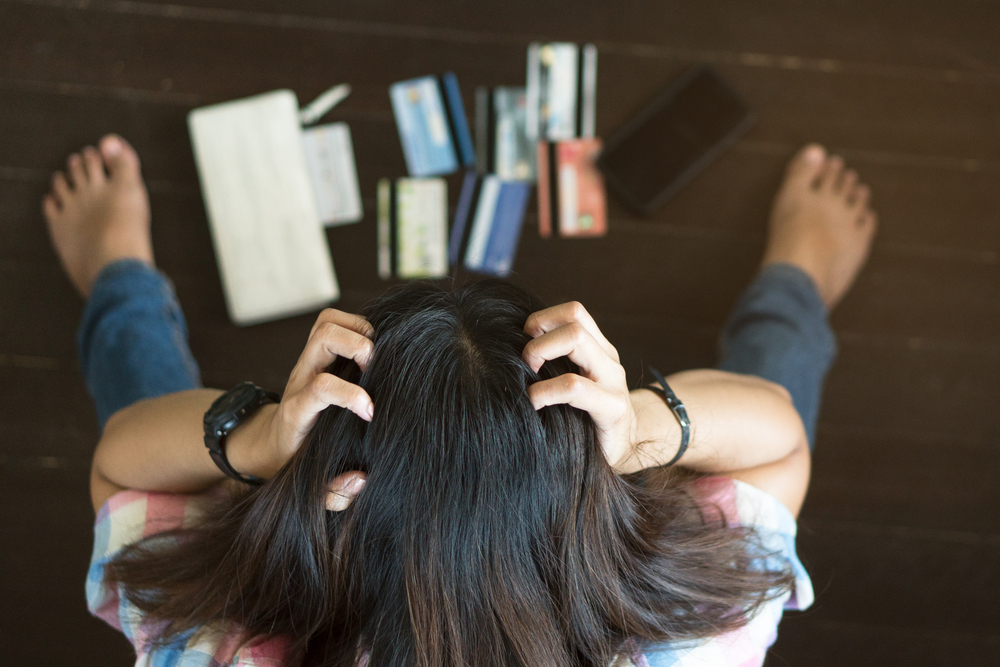The upside to filing for bankruptcy is that it washes away your unmanageable debt and gives you a fresh financial start for the future. The downside is that your credit is completely wiped out, leaving you with a low score and basically no borrowing power. These problems can be solved over time as you rebuild your credit, establishing better habits as you go.
Begin Banking
If you don’t already have a bank account, opening one up should be the first order of business after your bankruptcy is discharged. Checking/Savings combination accounts are a great option because it will allow you to easily transfer a little money over to savings whenever you get the chance. One of your top priorities should be getting at least a small cushion of $500-$1000 in savings. This will help you to avoid using credit cards for emergencies. Having a checking account is an important part of tracking your expenditures and knowing where your money is going.
Monitoring Your Credit
Keeping track of your credit report from all three bureaus is a good idea all the time, but it’s especially important when you’re rebuilding credit after bankruptcy. You need to know what kind of shape your credit is in now in order to set goals for improving it in the future. Keep a close eye on what creditors are reporting to the three agencies, and correct any mistakes right away. Your score will come up much more quickly if the information on your credit report is accurate.
Establishing Revolving Accounts
The first lines of credit that you should open after your bankruptcy are a couple of small revolving credit accounts. You aren’t going to qualify for an auto loan or a mortgage right away, and these smaller accounts are a good stepping stone to other types of credit. You may not qualify for a regular credit card yet either, but you can get a secured credit card. This is a card that you put money down on for the available balance, but will still report to all three credit agencies each month. Opening an account at a retail establishment (Target, Old Navy) will give you a second revolving account.
Spend a little money on each of these cards each month, and then pay off the balance as soon as the statement comes. Never use your credit cards for necessities, and just use them when you have a little extra money after your needs have been met. Paying these bills on time each month will get your credit moving again. Before you know it, you’ll qualify for an unsecured card and can work your way up from there.
Keeping a Budget
Sticking to a budget is the most important thing you can do to improve your credit after a bankruptcy. It’s crucial that you pay all of your bills on time and avoid racking up a bunch of debt if you want to make changes. The credit bureaus want to see that you can pay all your bills on time, so avoid carrying a balance on your cards.
Sit down and write out all of your monthly expenses to see how much money you need to get by each month. Include putting a little money into savings in this number. The money that you have leftover after your expenses have been met can be used to rebuild your credit. This is the money you set aside to cover purchases that you will make on your credit card by purchasing extra or unnecessary items.
